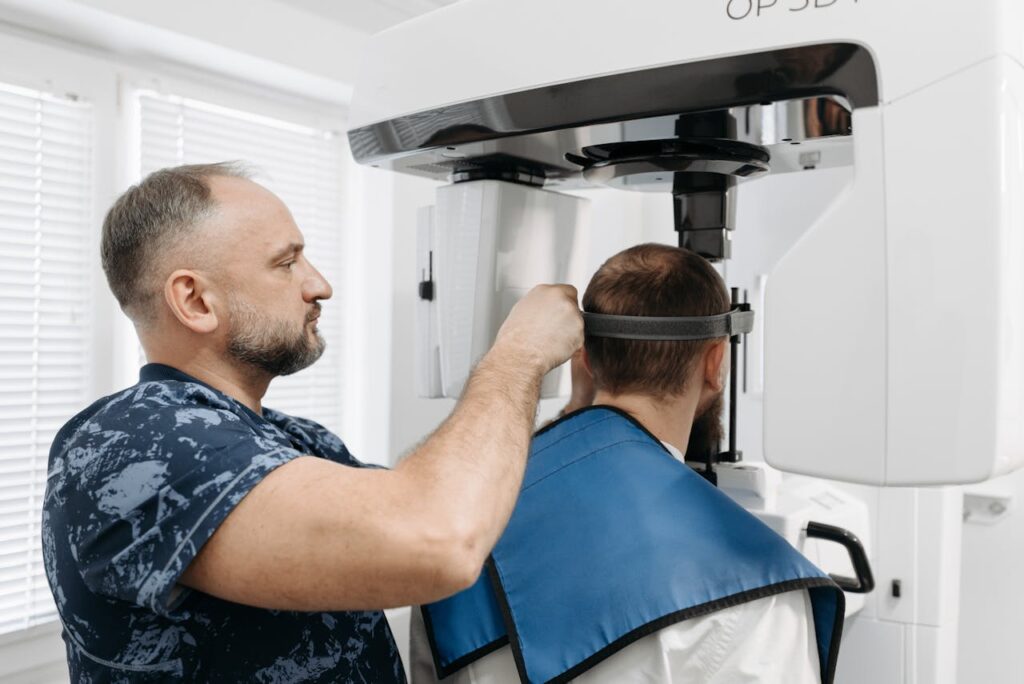LEAD LINING SAFETY AND THE FAQs
Ensuring safety in X-ray facilities is paramount, given the potential health risks of radiation exposure. Lead lining is critical in maintaining a safe environment for patients and healthcare professionals. In this article, we shall answer some frequently asked questions about the importance of lead lining safety in X-ray facilities.
What is Lead Lining?
Lead lining involves using lead sheets or panels to shield areas from radiation exposure. This protective barrier prevents the escape of X-rays, ensuring they remain contained within a designated area. Lead lining is crucial because it:
- Protects Patients and Staff: Reduces the risk of radiation exposure, which can lead to serious health issues such as cancer and genetic mutations.
- Compliance with Regulations: Helps facilities adhere to stringent safety standards and regulatory requirements.
- Prevents Radiation Leakage: Ensures that X-rays are contained, minimizing unintended exposure to surrounding areas.
Lead, due to its high atomic number, is highly effective at absorbing X-rays. When X-rays hit a lead-lined surface, the lead absorbs and scatters the radiation, preventing it from passing through. This process significantly reduces the amount of radiation that escapes the designated area.
What Areas in an X-ray Facility Require Lead Lining?
Common areas that require lead lining include:
- Walls and Ceilings: To prevent radiation from passing into adjacent rooms or spaces.
- Floors: Especially important in multi-story buildings to protect occupants below.
- Doors and Windows: Specialized lead-lined doors and glass ensure complete containment of X-rays.
How is Lead Lining Installed?
The installation process typically involves:
- Assessment: Conduct a thorough evaluation of the facility to determine the required thickness of lead lining based on the type and intensity of X-ray equipment used.
- Application: Installing lead sheets or panels on walls, ceilings, floors, and other necessary areas.
- Inspection: Ensuring all installed lead lining meets safety and regulatory standards through rigorous testing and certification.
What are the Health Risks of Inadequate Lead Lining?
Without proper lead lining, the risks include:
- Increased Radiation Exposure: Leads to higher chances of developing radiation-induced illnesses.
- Non-Compliance Penalties: Facilities may face legal and financial repercussions for not adhering to safety regulations.
- Operational Shutdown: Severe breaches in safety standards can result in temporary or permanent closure of the facility.
How Often Should Lead Lining Be Inspected? Regular inspections are vital to ensure the integrity and effectiveness of lead lining. It is recommended that X-ray facilities conduct annual inspections and immediately address any signs of wear, damage, or deterioration.
Can Lead Lining be Upgraded or Repaired?
Yes, the lead lining can be upgraded or repaired. Facilities should work with certified professionals to assess the condition of existing lead linings and make necessary enhancements or repairs to maintain safety standards.
Do we have Alternatives to Lead Lining?
While lead is the most common material due to its effectiveness and cost-efficiency, alternatives include:
- Tungsten: Offers similar protective properties but is more expensive.
- Bismuth: Another alternative that provides adequate radiation shielding.
- Composite Materials: Some facilities use composite materials that incorporate lead or other heavy metals for effective shielding.
Lead lining is an indispensable safety measure in X-ray facilities, ensuring protection against harmful radiation exposure. Regular maintenance, compliance with safety standards, and awareness of potential risks are key to maintaining a safe environment for both patients and healthcare professionals. By addressing these FAQs, we hope to emphasize the critical role of lead lining in promoting health and safety within medical imaging facilities.





